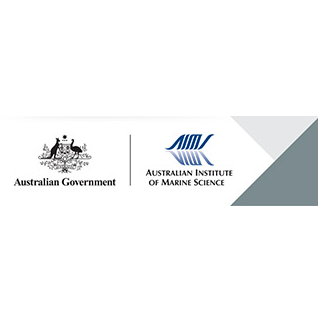Full description
Data from the ReefScan image survey system for reef flats along the Great Barrier Reef for the ecoRRAP project.The ReefScan survey system consists of a series of GoPro cameras mounted on an underwater boom either side of a small Tender which then undertakes surveys of reef flat areas of reefs. The surveys are typically 0.5Ha in area (100m x 50m) located over the top of the shallow ecoRRAP sites with the intent to include all of the area of the ecoRAPP DSRL camera surveys and to include the reef edge and reef flat.
The images are geo-located and so can be stitched using the Metashape software (www.agisoft.com) into Ortho-mosaics, the data is also processed into 2.5D DEM's and object clouds which can be used to get structural information. As the data is colelcted at the surface it has some depth information and so best represents 2.5D over true 3D.
The images can also be analysed using Machine Learning to give percent cover of the major benthic forms. One compoent of the work is to develop and validate a set of classificaiton labels suitable for the data collected.
Surveys were done over 2021 and 2022 as part of the Technology Development work with the techniques evolving as the work progressed. The first survey was incomplete and some of the ecoRAPP trips were not surveyed using this system.
The following trips have been completed:
Orpheus / Pelorus Island and Davies Reef I [Jan 2021] (partial survey)
Torres Strait (Dunganess / Masig / Aukane) [Feb 2021]
Moore Reef / Lizard Island [Oct 2021]
Orpheus / Pelorus Island / Davies Reef / Chicken Reef / Little Boardhurst Reef II [Jan 2022]
Davies post-bleaching and Southern Reefs (Heron, Lady Muscgrave) [March 2022]
The core data are sets of geo-located GoPro images of shallow reef areas with a high degree of overlap. The data products derived from these include:
Orth-mosaic images either a GeoTIFFs or as GeoServer layers
Digital Elevation Models (DEM's) showing elevation / bathymetry as GeoTIFFs
Point Clouds or 3D/2.5D models (as obj files)
Percent cover estimates from the images via Machine Learning models
Each survey will have a child metadata record to this parent record.
Lineage
Maintenance and Update Frequency: annuallyNotes
CreditAustralian Institute of Marine Science (AIMS), Australia
Modified: 15 08 2025
global : fe9659f1-12d6-4acf-ab89-67acdd37efe5
- global : 0e8fa772-7b00-4714-9c73-2fea0ab0d22e


